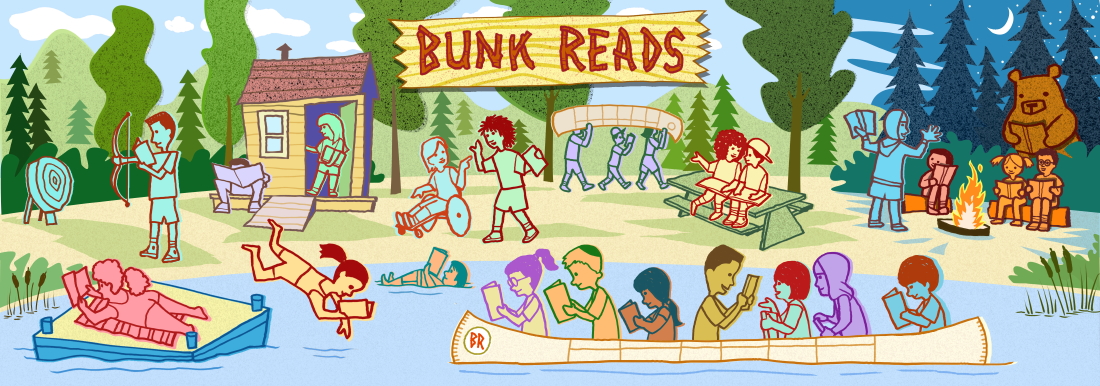 By Heather Tomlinson
By Heather TomlinsonPublisher: Henry Holt and Co. (BYR)
Pages: 288
Age Range: 12 – 18 Years
ABOUT
Diribani has come to the village well to get water for her family’s scant meal of curry and rice. She never expected to meet a goddess there. Yet she is granted a remarkable gift: Flowers and precious jewels drop from her lips whenever she speaks.
It seems only right to Tana that the goddess judged her kind, lovely stepsister worthy of such riches. And when she encounters the goddess, she is not surprised to find herself speaking snakes and toads as a reward.
Blessings and curses are never so clear as they might seem, however. Diribani’s newfound wealth brings her a prince—and an attempt on her life. Tana is chased out of the village because the province’s governor fears snakes, yet thousands are dying of a plague spread by rats. As the sisters’ fates hang in the balance, each struggles to understand her gift. Will it bring her wisdom, good fortune, love . . . or death?
Toads and Diamonds is a 2011 Bank Street – Best Children’s Book of the Year.
REVIEWS
“* A memorable novel . . . Tomlinson is a master craftsman. This beautifully embroidered adventure is well worth the effort.” —Booklist, starred review
“Charles Perrault published the tale in 1695, and Robert D. San Souci and Jerry Pinkney brought it to the American South in The Talking Eggs (1988). Now here is a fleshed-out version of this folk motif that tells the story of two stepsisters and their fate-changing encounter with a goddess. One girl speaks with gems and flowers, the other with toads and snakes-gift or curse, depending on your viewpoint. Tropes of the genre are nicely twisted: Both girls are nicer than in the short versions, the worldbuilding has shallow roots in Mughal India and the ending is much kinder to the toad-speaking sister. The writing is fluid and the retelling clever. Third-person narration alternates between the two girls, allowing for a broad view of the land, culture and customs (including great descriptions of clothing) as well as the girls’ relationships. The story’s climax is a lulu, while the resolution is satisfying, if a little anticlimactic. A great read for fans of fairy-tale retellings, this book should be very popular with older tweens and teens. An author’s note contextualizes the telling.”
(Fairy tale. 12-16)
—Kirkus Reviews


